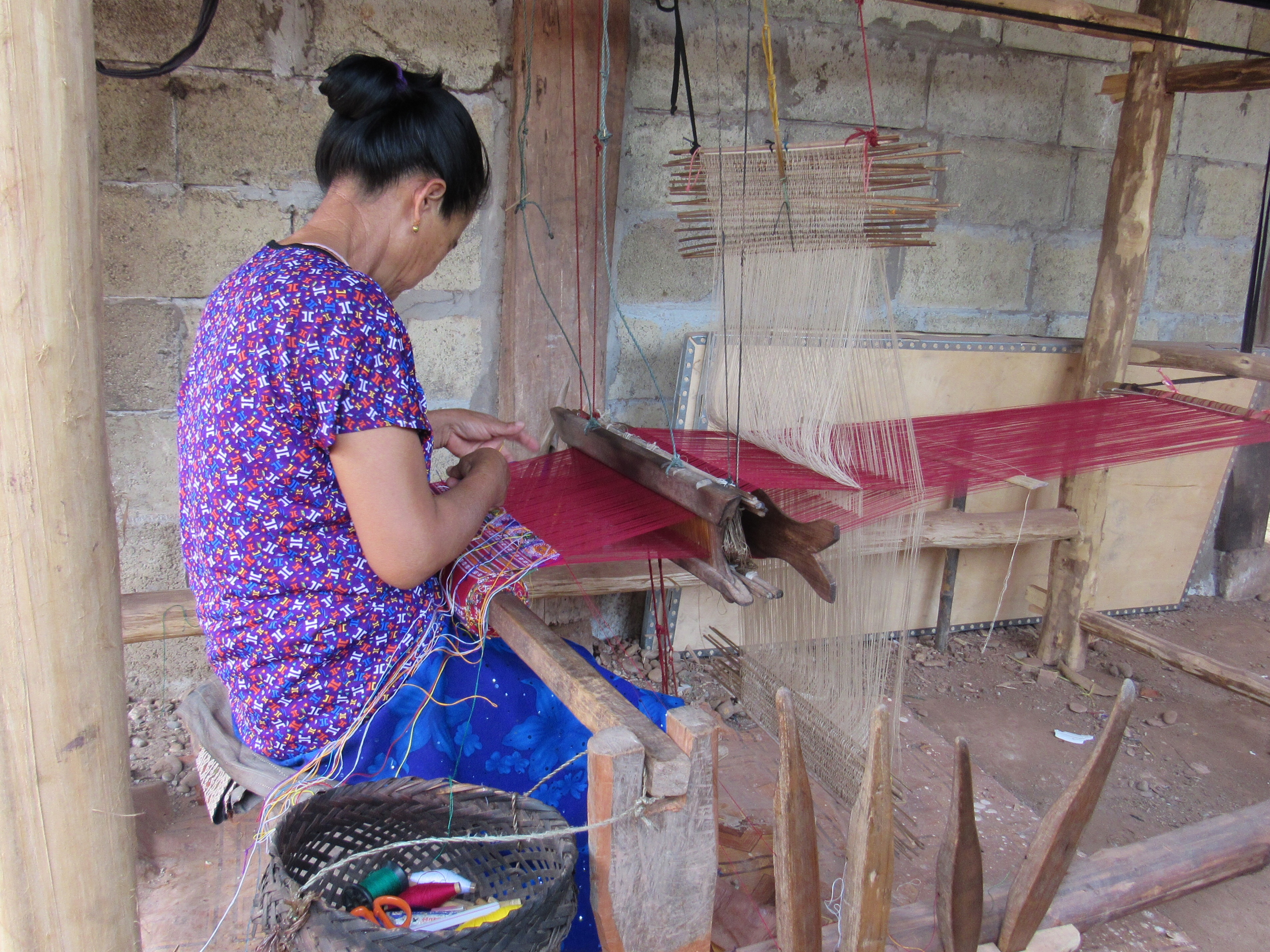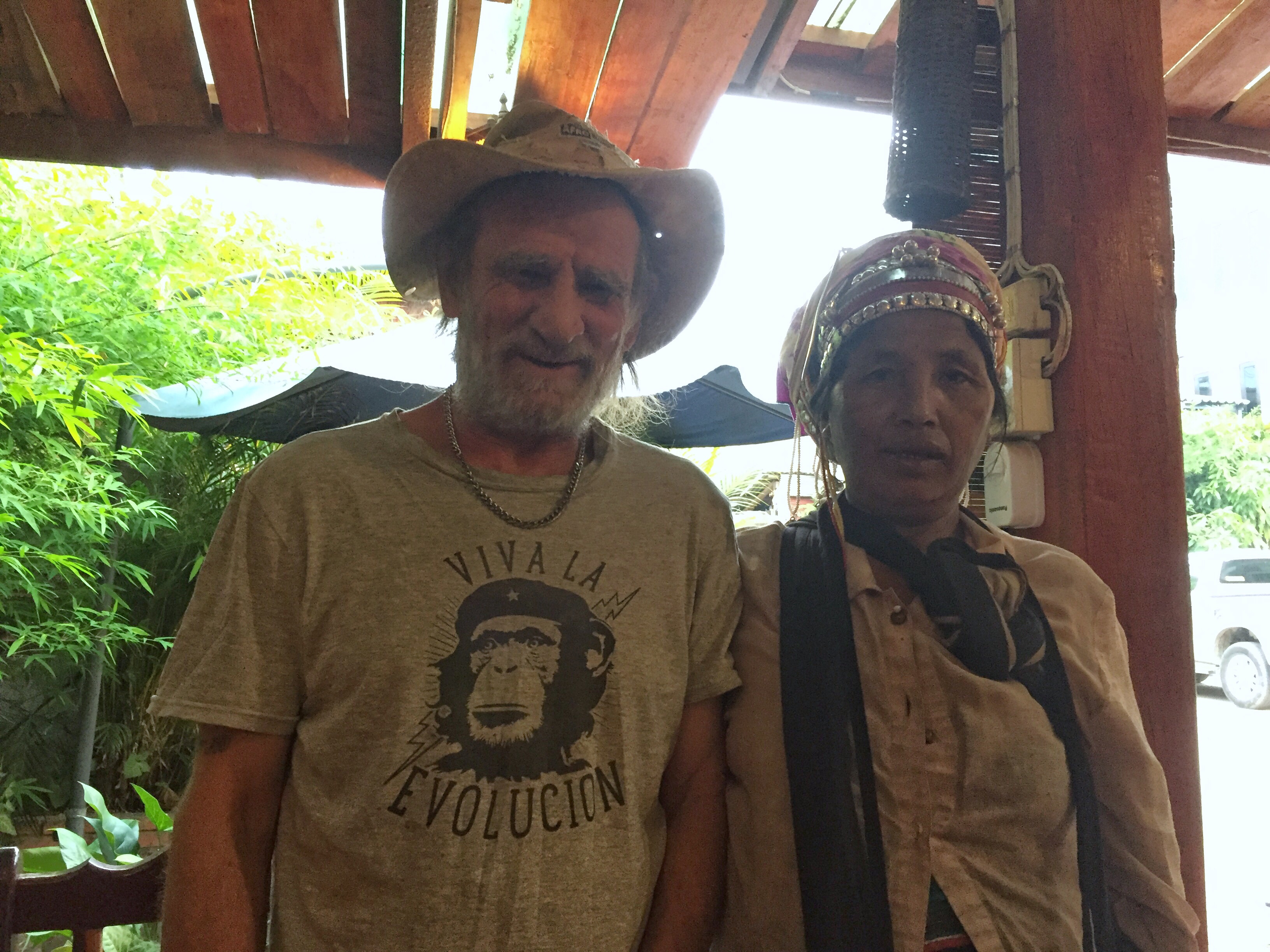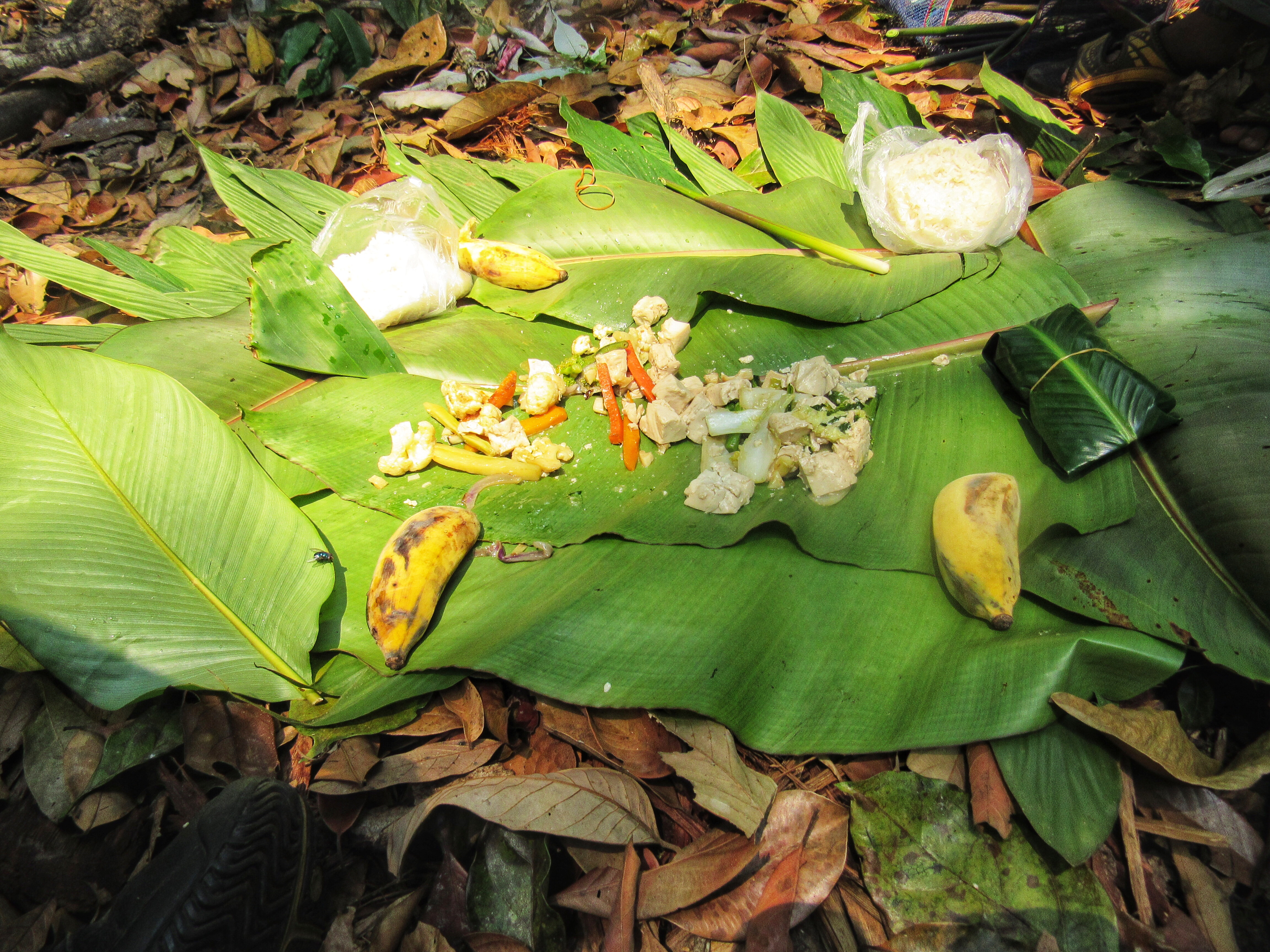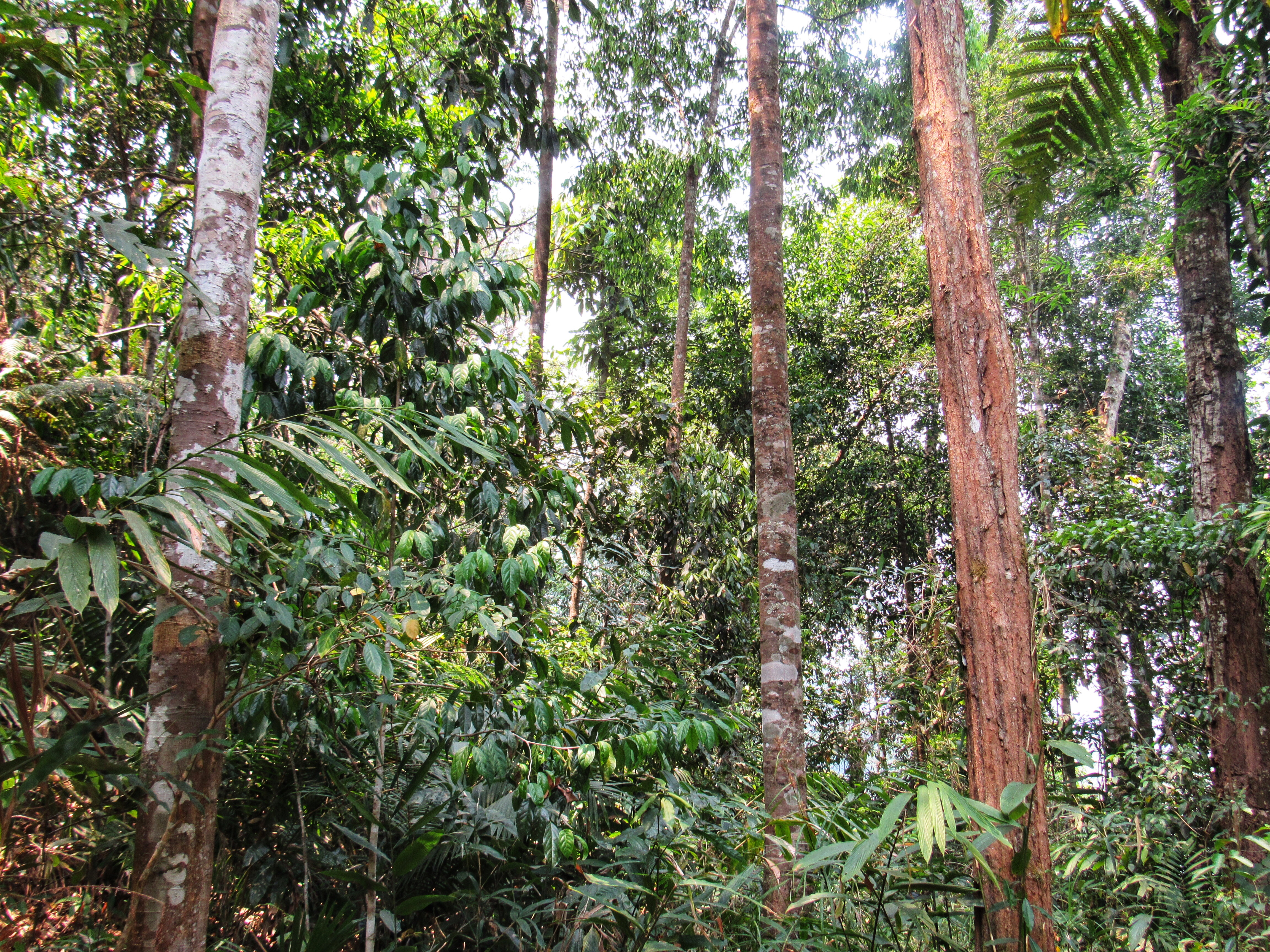Even though we paid more than double the going price for tickets on the one-whole-seat-per-person fancy van, somehow we still ended up sitting in the aisle on the public bus to Oudomxay in northern Laos.
The aisle seats were broken and dreadfully uncomfortable but along the way I experienced one of those long ‘out of body’ moments of pure joy. Some combination of the feeling of being tightly packed in with people from diverse ethnic tribes, the folk music playing as we trundled along, climbing up high into the mountains, the air getting cooler and being surrounded by forests of trees – plus the realisation that I was moving along in this self-contained bubble and there was nothing I could do about anything else at all. Nothing to do but just be in the moment. Fleetingly, I became the ‘hollow bamboo’ of meditation fame and the universe flowed through me.

After an overnight stop in Oudomxay, we set off further north. It started out well but as we headed down from the mountains, things became not beautiful at all. We travelled for hours through clouds of unbelievably thick dust from a massive road/rail/building construction site almost all the way to Nuang Lamtha. Added to this is thick smoke from the ‘South East Asian haze’ – air pollution caused by multiple fires across the whole region. Apparently this happens every year in the dry season but seems to be getting worse each year. It’s a combination of native forests being burnt for plantations (rubber, teak, palm oil etc.), everywhere but especially in Indonesia, and ‘slash and burn’ agricultural practices by subsistence farmers in Thailand and elsewhere. It has to be seen to be believed. It’s been bad all through Cambodia and worse in Laos as we’ve been heading north. I imagine it’s otherwise quite beautiful along this road with lots of ethnic villages. However, everyone on the bus throws their rubbish out the window and all along the sides of the road are piles of plastic. I caught glimpses of people with unidentified wild animals tied up with ropes and monkeys in small cages. I know this is no different to the way chickens and pigs are treated in factory farms in Australia but both situations give me nightmares. We arrived in Luang Namtha grimy, disheartened and shaken.

Luang Namtha has the frontier feel of a town on the edge of the jungle, which it is. Just 50km or so from the Chinese border, it’s right on the edge of the huge 2,224 square kilometre (or hectares or something big) Nam Ha National Protected Area. More than 20 villages or so are actually inside the park. These belong to various ethnic minorities including Akha, Hmong, Yao, Tai Lue, Tai Dam, Lolo, and Khmu. I find it really interesting how these groups have managed to remain separate and distinct for centuries with their own languages, racial characteristics, religions, customs and villages intact. How did they do that?
We visited a Lanten village where the people migrated from China many hundreds of years ago. Their language is still related to Chinese. They’re so self-sufficient, growing almost everything they need – including bamboo to make paper and cotton for clothing. They grow all their own plant dyes, even Indigo bushes for blue dye.

We also visited a Tai Daeng village which was so different in so many ways. One thing that seems to be consistent is the importance placed on weaving. Each tribe has it’s own distinctive patterns, colours and techniques.



This whole region is so rich in diverse cultures and such a quick glimpse while we pass through doesn’t even scratch the surface. We did have some great mime conversations with this wonderfully funny Akha woman though who came around town every night selling crafts and opium. We ARE in the golden triangle! We ended up with way too many bracelets. She has eleven children and was horrified that we didn’t have any. Deciding that I was a failure as a woman and therefore of no consequence, she wanted to take JH off to her village and give him some children.

The other very exciting thing about the Nam Ha area is that there’s loads of amazing wildlife, including many rare and threatened species – leopards, elephants, pangolin, bears, monkeys. There’s even tigers in there! The co-existence of the villages and the environment hasn’t gone very well, with much of the forest destroyed for agriculture and the animals almost hunted to extinction. The last stands of primary forest and the animals are therefore hiding deep in the middle of the park. It takes many days hiking (at least) before there’s any chance of seeing interesting things.
We thought we’d try a one day hike. ‘Ten kilometres isn’t far’ said JH. Oh my goodness. I thought that day would never end. Up and around a steep hillside on a slippery track, that’s only a single footstep wide, blinded by sweat in my eyes, falling over and twisting my ankle, shaking from exertion, hot, thirsty, unhappy but stoic. I didn’t cry or complain but I had a Very Bad Time. Our guides – Ket from the Yao and Mun from the Khmu tribes – were really lovely and our picnic lunch was excellent. However, we won’t be going into the wilds of Nam Ha to see the tigers.



The smoke and dust sounds dreadful…imagine having to live in it 😦 Laughing at JH being whisked off to make babies! And when I got to the end, I wondered (briefly) why you had a pic of Tuntable in there x
LikeLiked by 1 person
10km to look at the same scenery as Tuntable Creek lol
LikeLike
Well told again Jeanie cooooeeee✌️
LikeLike
Thanks for continuing to read them Tink x
LikeLike